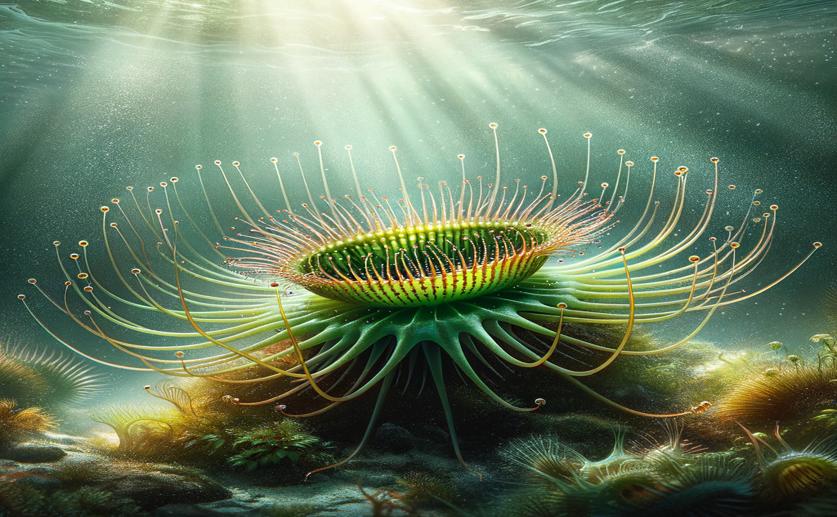
Unique Structure and Sunlight Efficiency of the Underwater Form of Sundew Plants
Jenn Hoskins
24th May, 2024

Image Source: Natural Science News, 2024
Key Findings
- The study, conducted in acidic bogs, found that Drosera intermedia can grow submerged up to 20 cm deep
- Submerged habitats had the highest pH, temperature, and hydration levels but the lowest light levels
- The submerged form of D. intermedia had unique features like taller main stems, more living leaves, and fewer dead leaves compared to other forms
EnvironmentEcologyPlant Science
References
Main Study
1) Individual architecture and photosynthetic performance of the submerged form of Drosera intermedia Hayne
Published 23rd May, 2024
https://doi.org/10.1186/s12870-024-05155-9
Related Studies
2) Effects of Environmental Conditions on the Individual Architectures and Photosynthetic Performances of Three Species in Drosera.
3) Carnivorous Plants from Nepenthaceae and Droseraceae as a Source of Secondary Metabolites.
4) Phytochemistry of the carnivorous sundew genus Drosera (Droseraceae) - future perspectives and ethnopharmacological relevance.



 15th May, 2024 | Greg Howard
15th May, 2024 | Greg Howard